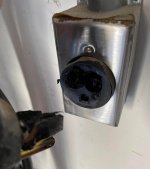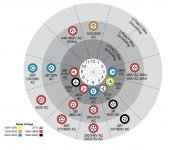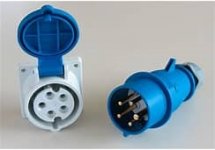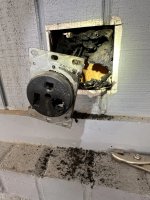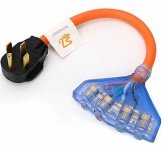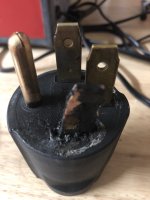brycenesbitt
Senior Member
- Location
- United States
So I know the NEC does not directly regulate what gets plugged into what outlets, but that said there's a connection.
It seems like NEMA 14-50, borrowed from range and dryer circuits, is becoming the standard for EV chargers. Yet there are some issues:
What do people think of 14-50 as the connector for this purpose long term?
Would there be appetite within the NEC code committees to require a child lock in service cover for this install, especially when installed at child height?
To require that "smart" connected devices monitor the temperature of the plug?
Has there been any NEC discussion of IEC 60309-1 and IEC 60309-2 connectors for this purpose?
It seems like NEMA 14-50, borrowed from range and dryer circuits, is becoming the standard for EV chargers. Yet there are some issues:
- The available plugs & connectors are rated for a low number of cycles, yet some EV owners travel with their charger.
- It’s possible to get electrocuted when plugging in or removing, due to lack of shrouded pins.
- The neutral adds 30% or so to copper costs, yet is not needed for EVSE equipment.
- The presence of a neutral opens up the chance someone will buy an unfused 14-50 to 5-20 outlet adapter.
- When the cord is unplugged, children can access the pins.
- There's no reliable make before break for the power pins.
What do people think of 14-50 as the connector for this purpose long term?
Would there be appetite within the NEC code committees to require a child lock in service cover for this install, especially when installed at child height?
To require that "smart" connected devices monitor the temperature of the plug?
Has there been any NEC discussion of IEC 60309-1 and IEC 60309-2 connectors for this purpose?


